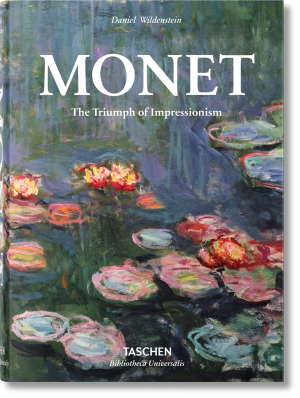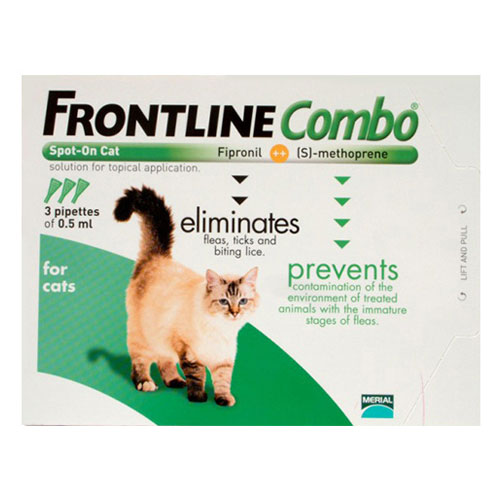Context and summary
Toward the end of February, 2021, a major US-national media entity published a short interview of a US senator (fewer than 1500 words). Interviews can be news done well, and there were good parts of the interview in question, yet it stumbled into three major errors that fail as news:
- The interviewer, whom I’ll refer to as J, failed to take the interview where J — and even the title of the piece — said it would go.
- Based on the setup of the interview, the focus, the real news, is about current and future societal issues, yet J cut the interviewee, whom I’ll call T, short from talking about issues, instead directing toward sensation and personalities.
- J questioned T about an event and, when T clarified T’s position, J ignored what T had said and, by way of non sequitur, spun it to J’s (and likely J’s employer’s) desire, implying T had said something else.
Altogether, these reveal J’s bias and hidden agenda — or at minimum, J’s failure in this instance to maintain high standards of useful, public-serving journalism. J’s conduct of the interview pushed it away from being real news by steering it away from issues that matter for public information and policy decision-making. More to the point, J displayed little interest in delving into T’s positions or issues or statements, thus treating T less as an interview subject and more as a prop used to make J’s own points. Thus, overall, the piece comes down as Real Fake News. Here’s the breakdown.
Analysis of the piece
The title of the piece promises a focus on Biden’s COVID-19 bill.1 J sets up the interview by stating the topic as 2022 US national elections, and specifically what T, a Republican strategist, has in mind. This is a switch from the title, but okay, good enough nonetheless since we’re still focused on real news concerns. J’s first question, which keyed off of something T had said about Republican unity, was reasonable. Great.
T’s response went roundabout to mention 2022 and the future, but mostly T went toward the title of the piece as a key example: the critical and immediate national issue of the $1.9 trillion COVID relief bill, what it contains, and how that reflects on 2022 elections.
Although T was on topic for the interview as J set it up, T didn’t really answer J’s question (not surprising for a politician of any variety), so J interrupted, saying “let me just pause you before we get into the details of the COVID bill because I want to stay with your big-picture argument about Republicans.” Two things to notice here. First, it was quite fair for J to press for an answer — too often media folk don’t follow up when they should. Second, the words “pause” and “before,” which are either (a) a promise that J will get back to the topic, (b) a fake promise hoping that people will forget about the topic, or (c) a way to say sound nice while actually saying, “Stop there now. I’m not going to let you to talk about that at all.”
FAIL #1: J never returned to this critical issue of a massive spending bill, which means it was either (b) or (c). But if the interview is an early salvo for 2022 elections, it is real news to learn more about party differences on a single spending bill that equals more than 40% of total
Continuing with the interruption, it sounds like J is going to pursue an answer to J’s original question, but instead J turned the conversation to Trump and what role T wants him to play in 2022. Well okay, it’s still about 2022 elections. But as we’ll see, J’s focus on Trump turns out to be a major theme of the interview, not real issues for the 2022 election or COVID relief.
T answers the Trump question straight up: “Nothing today.” T started to elaborate, but J interrupts, apparently not interested in what T might add. T goes with the interruption, clarifying that, as 2022 shapes up, T will assess how a variety of people with different followers might play a role, including Trump. Fair enough to be a bit non-committal in such a scenario, and anyway, the important thing is issues, not people.
Back and forth for the next few rounds, J twice more brings it back around to Trump while T stays focused on voting records and issues, naming specific hot button concerns like border security and COVID stimulus money going to people who entered the USA illegally. Then, as if voting records shouldn’t be of concern to media, J redirects, saying, “without parsing the details of their voting records…” T, the politician, is the one to trying to stay on the issues; J keeps pulling the conversation away.
FAIL #2: Real news informs the public about the background and dynamics of issues important to public awareness and policy formation. Politicians have a reputation for avoiding specifics on issues and public policy, muddying the waters with red herrings and vague references. But here we have a role reversal. J, the media, serves to muddy the waters with vague implications of Trump’s influence, while the politician tries to keep the conversation on the substance of issues. This reversal continues right up to the last of the interview, when J closes with one final off-interview-topic question about Trump. Verdict: Real Fake News.
At this point, J skillfully pivots the conversation to a something that is important, to be sure, but is off-topic from the setup of the interview (both the title and J’s alternate set up). It’s not about Coffee mugs, t-shirts, phone cases, wall prints, and much more with our images. Shop at: future elections. It’s not about the future at all. It’s about the past.
J asks whether T believes Biden’s election was legitimate, to which T clearly replies, “Absolutely.” Twice. J follows up with, “I’m asking in part because you were 1 of 7 senators who voted to object to Pennsylvania’s electoral vote count,” bringing in a tangential and somewhat guilty-by-association reference to the riot and Capitol breach of January 6. “Have you come to regret it?” Although J is off-topic for the interview, if we go with J’s hidden agenda and redirection, the question is good, but it’s disingenuous to vaguely color the question with a reference to the riot.
T states very clearly the reason for voting as T did: “People want to say that I did the vote because I wanted to change the results. No. I want people to comply with their law. If you look at the Democratic governor and the Democrat Supreme Court, they didn’t follow the Constitution of Pennsylvania.”
To counter T’s reasoning, J replies with, “Dozens of courts across the country disagree with the position that there was any vote rigging.” Look closely: J’s statement implies that T was concerned about fraud and vote-rigging, when T was actually talking about process and the rule of law.
FAIL #3: Rather than follow up on T’s stated reasoning, J aims to subvert T’s point, using “dozens of courts…disagree” to make it sound like T’s narrowly stated view is at odds with an overwhelming body of court judgements (aside from the one T implicates). Perhaps this exchange, along with J’s subversive response, was the primary hidden agenda and main point of the interview. But either way, it betrays J’s greater interest in pushing a particular view onto T as interview subject, rather than actually aiming to clarify, qualify, and inform the public of T’s views and positions. Verdict: Real Fake News.
Be on your guard
BudgetPet
How can you guard against these types of Real Fake News?
- Pay attention to the flow of an interview, specifically how the media dive into, ignore, or redirect the interviewee. Does the media build on and delve into the interviewee’s remarks? Or instead do they use non sequiturs and vague associations to build an implied and unsupported case against the interviewee?
- Watch whether it’s the interviewee or the media that introduces gossipy, sensational, or tangential, unrelated points. Expect the interviewee to do so (especially politicians), but the media’s proper role is to serve as a steadying force to keep the conversation on topic with questions that matter.
- When it comes to politics and public policy, ask: Does the media focus on drawing out data and framing up questions that help with reasoned analysis and decision-making on key societal issues?
If not, you are in the presence of Real Fake News, and you’d best step back and do your own analysis and assessment of the issues.
Endnotes
1 LLI does not use names in articles like this because we focus on substance, not people. Our usual practice is to disclose references and sources that would identify people and organizations only when asked to do so in a comment on our article. With the Real Fake News series, we modify this policy by providing a hidden link to the source. This allows readers to assess our analysis for themselves by looking at the original, and it also requires readers to make a conscious choice to "name names" as it were. Click to reveal link








